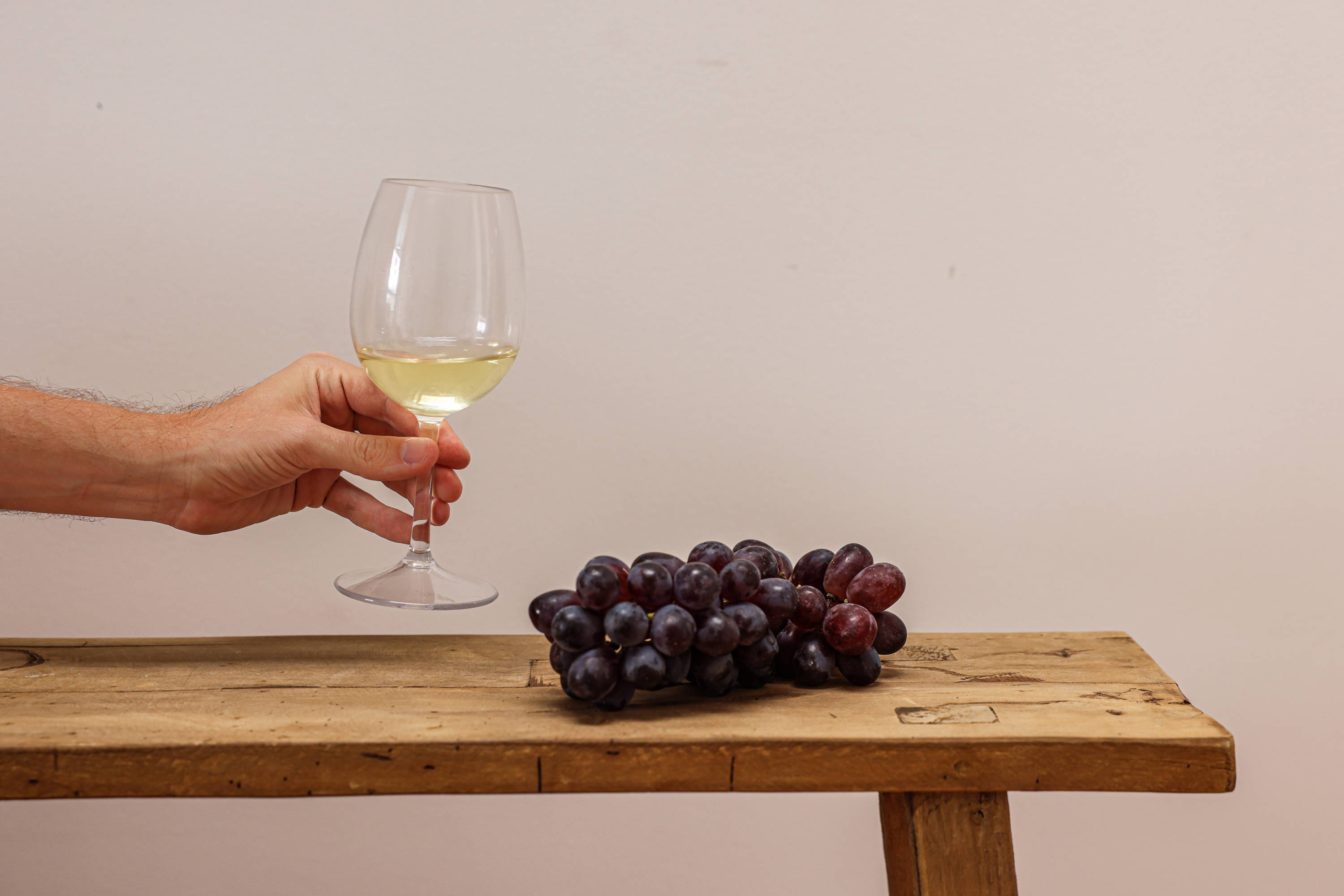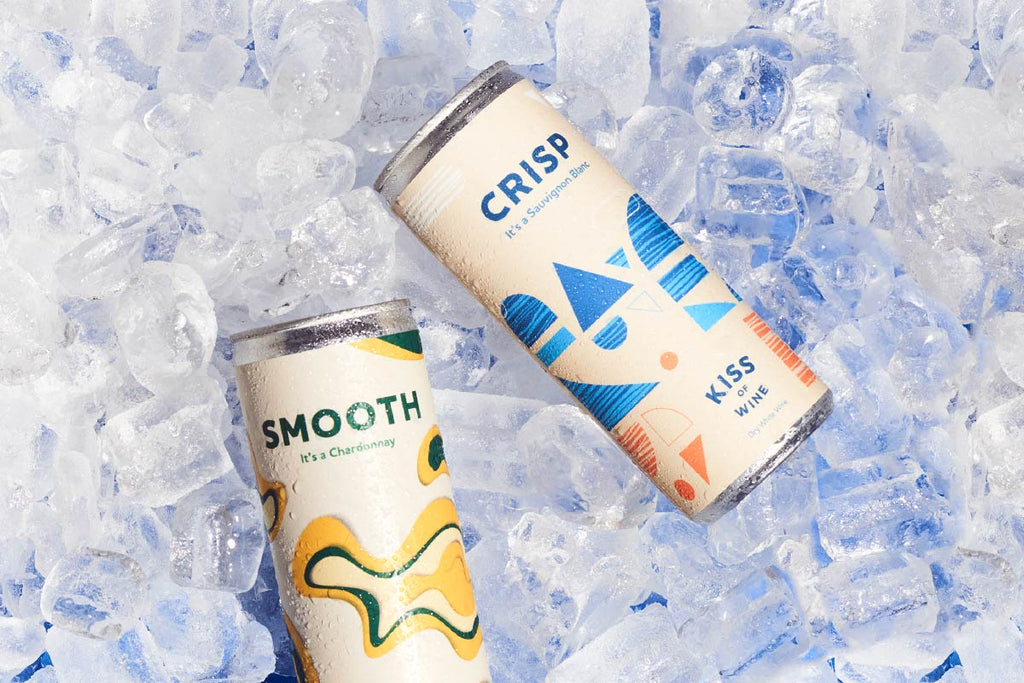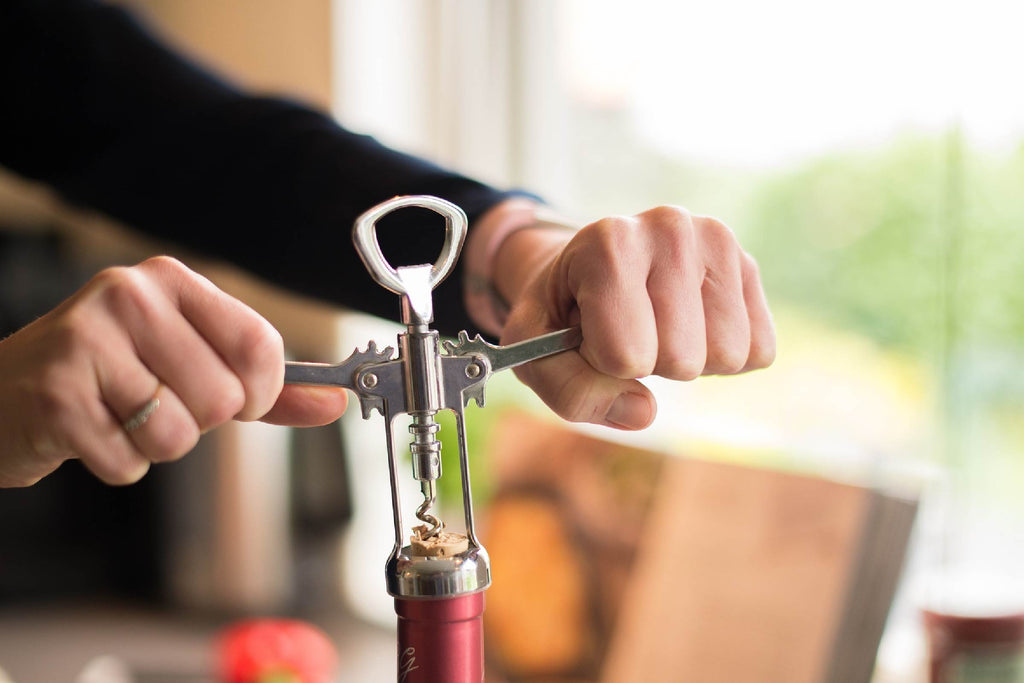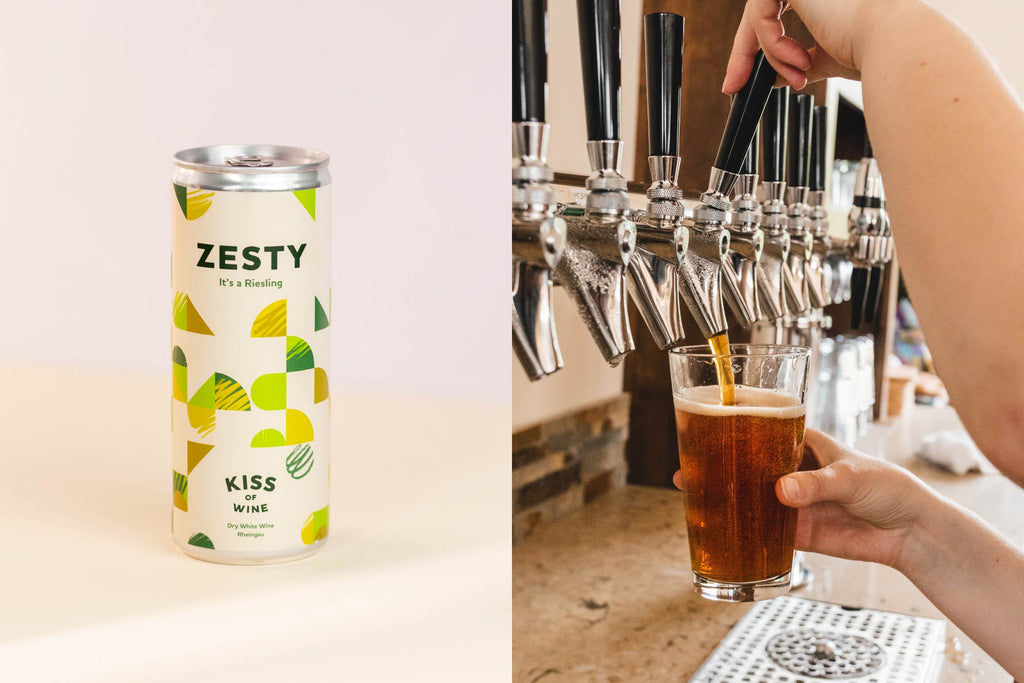Regional Wine Guide: Spain

Carly Merrett
Kiss of wine
Fancy a trip to Spain? Don’t we all. Spain has a long history of winemaking and it remains an integral part of its culture. We’ve broken down some of the key topics to help you on your next Spanish adventure, either in the glass or on the road.
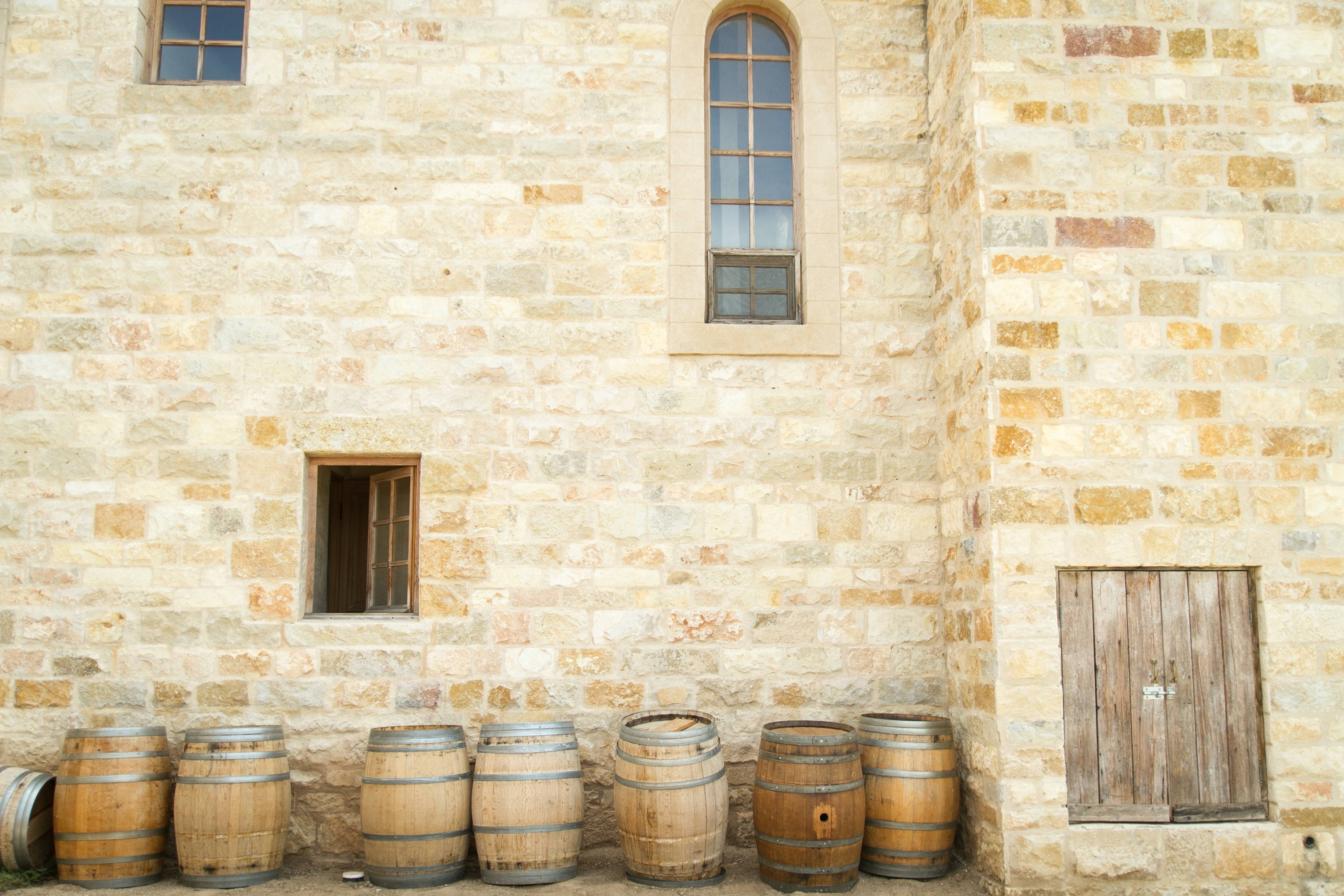
History
The Phoenicians made wine in Spain as far back as the 11th Century. However, it wasn’t until the 1860s that wine really took off. Thanks to the misfortune of the French who battled a phylloxera outbreak, winemakers came across the Pyrenees and brought their wine and their ways.
Thankfully, by the time phylloxera reached Spain winemakers had learned that American vines were immune. By then, they were able to graft local plants to American rootstock rather than plant them straight into the ground — pretty cool, right?
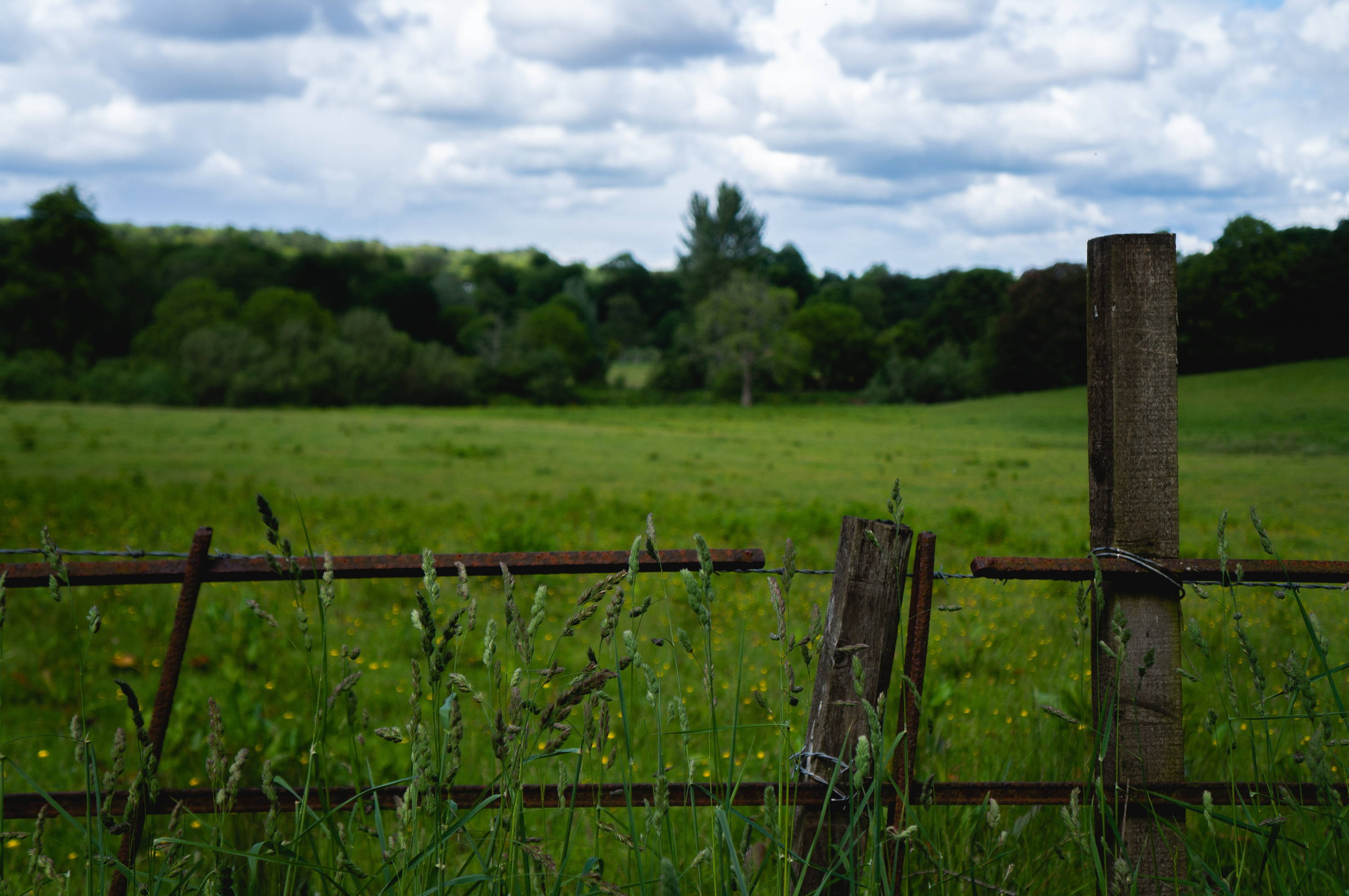
Main Regions
Spanish wine regions can be split into two main groups — the lush North West (sometimes called Green Spain) and the warmer, dryer Central and Southern regions. Each produces different styles of wine yet, despite that neat breakdown, there are actually 171 wine regions across Spain with up to 600 grape varieties. Although, only about 20% of these make up the bulk of Spanish wine.
Major regions are:
Rioja
Rias-Baixas
Aragon
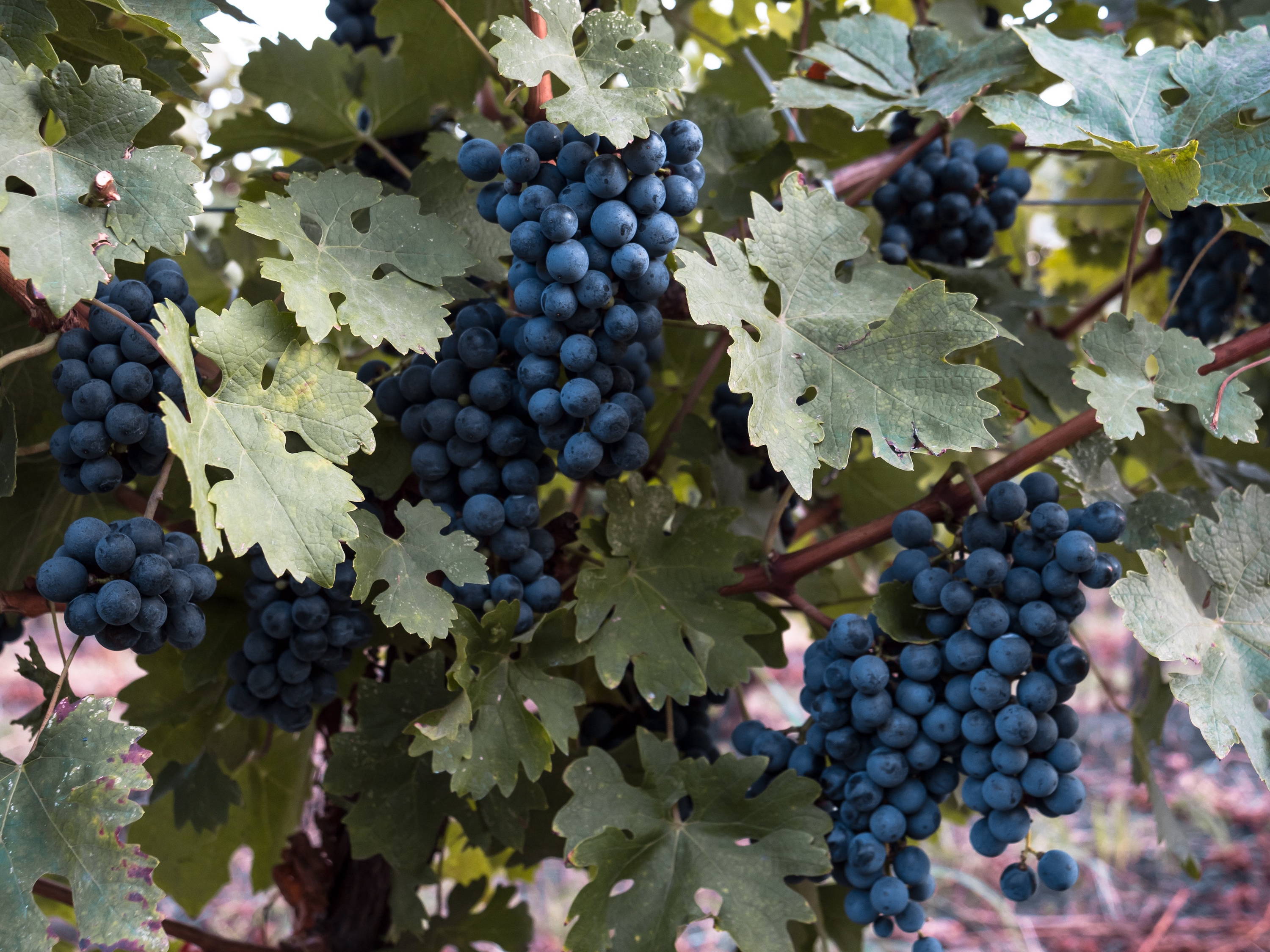
gRAPES
Tempranillo
Garnacha
Airen
